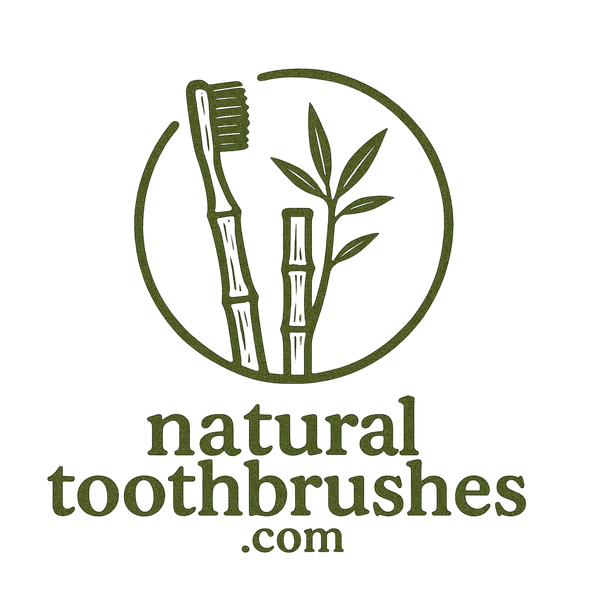Do Bamboo Toothbrushes Mold? An Honest Guide
Share
I’ve been using bamboo toothbrushes for a while now, and like a lot of people, I’ve had that tiny creeping worry: do they mold? It's a valid concern. Bamboo is natural, biodegradable, and, yes, it’s technically wood. And wood, as many of us know from sad stories about forgotten cutting boards or that one soggy wooden spatula in the sink, can get moldy. But here’s the thing: it’s not automatic. Let’s break it down.
Why Bamboo Toothbrushes Can Mold
Bamboo is resistant to bacteria more than plastic. It has natural antibacterial properties, but it’s not invincible. If your toothbrush stays wet for long periods or lives in a damp, closed container, mold can start to appear. The bristles are another story. Most bamboo toothbrushes use nylon or charcoal-infused bristles. Moisture and leftover toothpaste can linger between those bristles and create a little mold playground if you’re not careful.
How I Handle Bamboo Toothbrush Care
Honestly, the first bamboo toothbrush I bought got gross because I treated it like a plastic one. I left it in a cup by the sink, water pooled at the bottom, and sure enough, I saw tiny black specks one morning. Gross, right? Now, I do a few simple things that make all the difference:
- Dry it upright: After brushing, I tap off excess water and stick it in a holder that lets it breathe.
- Avoid sealed containers: I used to stash it in a drawer or a travel case while damp. Nope. Open air only.
- Rotate brushes: I keep a couple on hand so each one can dry fully.
These small habits have kept mold at bay. I also check the bristles regularly and toss the brush every 3 months, just like you should with plastic toothbrushes.
Signs Your Bamboo Toothbrush Might Be Molding
If you see black or green spots on the handle or bristles, or it smells off, that’s your signal. Don’t freak out, just replace it. Even the best care can’t completely prevent mold if conditions are right.
When Bamboo Toothbrushes Are Safer Than Plastic
Besides being eco-friendly, bamboo brushes are surprisingly hardy. They don’t leach chemicals like some plastics can, and they break down naturally in compost or landfill environments. The trick is treating them like wood—not like the indestructible plastic monsters we’re used to.
My Go-To Bamboo Toothbrush Sources
I stick to reputable sources where the bamboo is properly treated and bristles are high-quality. Here are a few I personally trust:
- Natural Toothbrushes
- Bamboo Toothbrushes with Charcoal Bristles
- Eco-Friendly Bamboo Toothbrushes
- Reusable Bamboo Toothbrushes
Choosing a brand that’s upfront about how they treat the bamboo makes a big difference.
Final Thoughts
Do bamboo toothbrushes mold? They can, but they don’t have to. Proper drying, occasional brush rotation, and good quality materials will keep your brush fresh for its lifespan. Honestly, once you get the hang of it, bamboo brushes feel cleaner and more solid than the cheap plastic ones anyway. Plus, you get the satisfaction of being a tiny hero for the planet each time you brush.
Bamboo toothbrushes are a little more demanding than plastic, sure. But the payoff is worth it—better for your teeth, your health, and the planet. Just remember: moisture is the enemy, and air is your friend.
